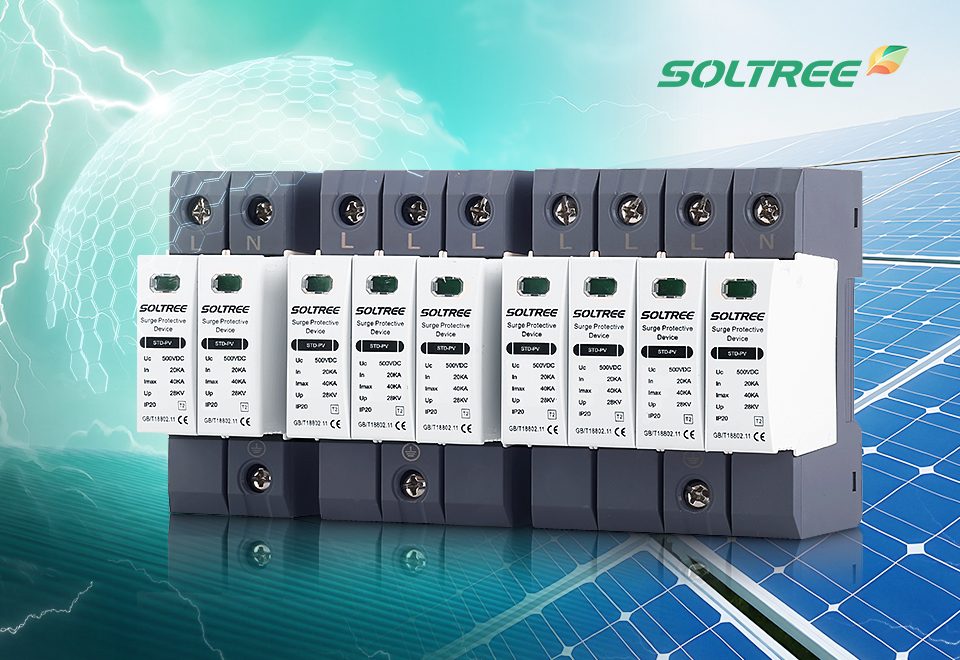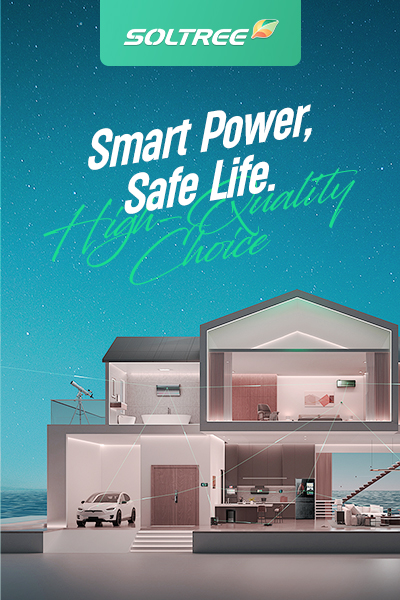If you choose the improper surge protection method, it could create big holes and expensive weaknesses in your devices that you need to protect.
The best surge protective device for you will depend on how much lightning your equipment is exposed to, how much it costs, and how your system is set up. For full safety, you need to use a tiered strategy.
You can never have just one SPD. Knowing how to choose, install, and care for them can protect your electrical system from both normal surges and lightning strikes that do a lot of damage. Let’s look at the steps in the procedure one at a time.
How to Choose the Right Surge Protective Device
If you don’t use sufficient surge protection, you could end up with costly downtime and equipment damage that can’t be fixed.
To make a balanced and effective surge protection plan, you need to look at risk factors, system voltage, equipment sensitivity, and the expenses of potential downtime.
There are three main parts to a smart selection process: risk assessment, technical considerations, and an implementation strategy. You can keep mission-critical systems safe and avoid spending too much on unneeded devices by following a planned plan.
1. Assessing Risk
- Strong Lightning Exposure: Type 1 SPDs are needed in high-risk areas.
- Value of Equipment: The more precious anything is, the more protection it needs.
- Critical Operations: Hospitals, data centers, and manufacturing all need backup systems.
- Costs of Downtime: Think about how much money you’ll lose if your systems go down.
2. Things to think about from a technical point of view
- Make sure the SPD voltage matches your electrical system.
- Make that the short-circuit current rating (SCCR) is correct.
- Find a balance between the surge current capacity and the predicted exposure.
- Lower Voltage Protection Rating (VPR) means that it is preferable for devices that are sensitive.
3. Strategy for putting it into action
A design with layers works best:
- Type 1 at the entry to the service.
- Type 2 at the panels for distribution.
- Type 3 at important end-use equipment.
Best Practices for Installing
Installing an SPD wrong will make it not work, which gives you a false sense of security.
To install things correctly, the conductors must be short, the grounding must be strong, the breakers must be the right size, and they must be as close as possible to the panel or equipment being protected.
The most important thing is to lower impedance and raise the integrity of the ground. Electricians who know what they’re doing should utilize the right wire gauge, follow the manufacturer’s torque standards, and not make severe bends in conductors.
| SPD Type | Installation Location | Key Considerations |
|---|---|---|
| Type 1 | Service entrance | Close to main breaker, solid grounding |
| Type 2 | Distribution panels | Dedicated breaker, minimize lead length |
| Type 3 | Equipment outlets | Must be >30ft from service entrance |
Things to think about when maintaining and replacing
A lot of people think SPDs endure forever, yet every surge makes them weaker.
To keep protection and avoid quiet failures, it is important to do regular inspections, check the status lights, and replace them quickly after big surge events.
Some useful tips are:
- How often inspections happen: homes every six to twelve months, businesses every three months.
- Type 1 lasts about 10 years, Type 2 lasts about 5–7 years, and Type 3 lasts about 2–3 years.
- Red lights, no lights, or alarms that go off near the end of life mean it’s time to replace them.
- Recordkeeping: Keep logs of installations and services to make sure they are reliable.
Standards and rules for compliance
Putting in untested SPDs is like locking your door with a toy key.
To make sure that your SPDs are safe, reliable, and meet building codes, always use ones that meet UL 1449, IEEE C62.41, NFPA 70, or IEC 61643 requirements.
| Standard | Region / Scope | Purpose |
|---|---|---|
| UL 1449 | North America | SPD testing & certification |
| IEEE C62.41 | International | Defines surge environments |
| NFPA 70 | U.S. | NEC electrical requirements |
| IEC 61643 | Global | Low-voltage SPD standards |
Compliance means trust—not just in safety, but also in responsibility and insurance claims after electrical accidents.
Things People Get Wrong About Surge Protection
People typically don’t invest enough in surge protection or utilize it wrong because they don’t understand it.
One SPD can’t protect the whole system, SPDs get worse with each surge, and greater joule ratings don’t always mean better performance.
Myth vs Reality
- Myth 1: A single surge protector protects the entire structure.
- The truth is that you need layered protection (Type 1 + 2 + 3).
- Myth 2: SPDs are permanent.
- Truth: They wear out and need to be replaced after a while.
- Myth 3: Higher ratings always mean better protection.
- The truth is that response time and clamping voltage are more important.
Conclusion: Making a full plan for surge protection
It’s not about buying the most expensive SPD; it’s about making a layered, standards-compliant system that fits your individual risks. Type 1 is at the service entry, Type 2 is in distribution panels, and Type 3 is at sensitive equipment. Each has its own job.
Picking the right thing, putting it in the right place, and keeping it up to date are the three steps to success. This will cut down on expensive downtime, make equipment last longer, and keep homes, businesses, and important infrastructure safe. Surge protection isn’t a cost; it’s a way to make your system more reliable and strong.




